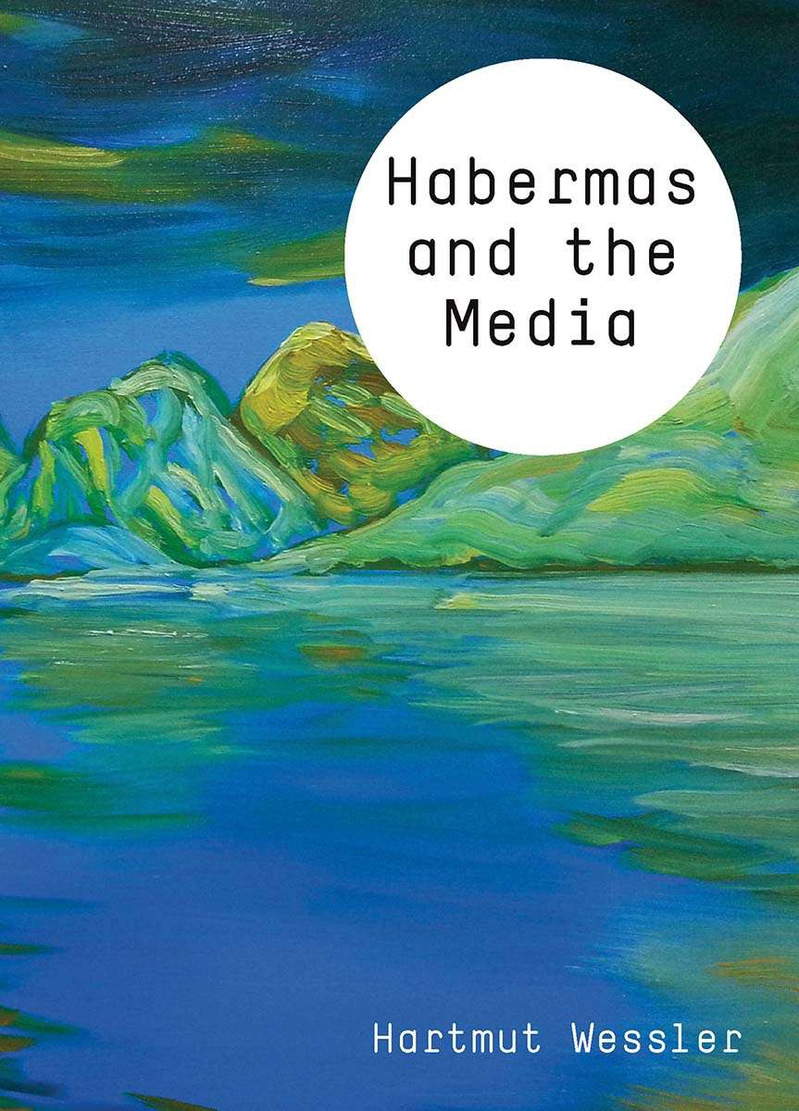“传播与中国译丛——媒介道说系列”图书是中国传媒大学出版社与复旦大学信息与传播研究中心合作,从英国著名学术出版机构Polity Press引进的一套前沿学术丛书。译丛的前六本《本雅明论媒介》《齐泽克论媒介》《海德格尔论媒介》《卡斯特论媒介》《维利里奥论媒介》和《基特勒论媒介》已于2019年11月出版,一经推出即受到学术界广泛赞誉,不到半年销售告罄。现在推出第七本Habermas and the Media,为确保该书中文翻译的高品质与高水准,现面向国内学术界公开征集优秀译者,欢迎感兴趣的专家、学者踊跃参与。

丛书主编黄旦孙玮
出版社中国传媒大学出版社
征集方式
1. 自愿报名
具有相关学科背景者或开展过相关主题研究者优先。请有意者填写报名表(附件)后发送邮件至ilovemedia2020@126.com。报名截止时间:2020年8月16日。
2. 遴选试译者
从所有报名者中选出1~3位试译者进行试译。入选者,我们将进行公示;未入选者,请恕不再一一回复邮件告知。试译者名单公示时间:2020年8月24日。
3. 试译
试译者每人试译约1万字,按照80元/千字支付试译稿酬。试译稿完成时间:2020年9月24日。
4. 确定译者
试译稿完成后,交丛书主编(或另聘专家)匿名评审,根据试译稿质量确定译者,译者确定后将予以公示。译者名单公示时间:2020年10月10日。
5. 签约
译者与出版社签署翻译合同,约定出版要求及翻译稿酬等。
译者要求
1. 熟悉哈贝马斯的理论和思想,有一定的研究成果。
2. 英语水平和专业知识过硬,能读懂原文并准确理解文意。
3. 有较好的中文表达能力,能在读懂原文的基础上用清晰流畅的文笔表达出来。
4. 积极与丛书主编和出版社编辑沟通进度,按时、保质、保量交稿。
5. 具有团队合作精神,乐于为构建跨学科性质的学术协作体贡献力量。
6. 为每种图书撰写介绍性的导读文字。
7. 图书出版后,配合出版社开展营销推广活动。
8. 努力创造条件,与国外思想家或原书作者开展国际学术交流对话,对话成果拟以专题形式发表在《中国传播学评论》。

英文原书详细信息
书名:Habermas and the Media
作者:Hartmut Wessler
出版时间:2018年
总页数:210页
本书内容介绍:
Habermas sets out to tackle some of the most fundamental problems of social theory. His works aim at understanding the nature of human agency and the capacity of societies to learn, and in doing so they strive to integrate a lot of prior research from other authors. Fortunately, Habermas is also a public intellectual who contributes regularly to public debates in Germany and beyond, so that he is well aware of the difficulties posed by academic jargon. Therefore, his texts are sometimes spiced with metaphors that illuminate complex matters. One example is the idea already mentioned that civil society puts the political system “under siege.” Another is the idea of “sluices” through which citizens’ concerns must be channeled in order to be heard in the centers of political power. Or consider the “osmosis” by which arguments from one arena of public debate permeate into adjacent arenas so as to create a common, border-spanning discussion that transcends the parochial horizons of ever-recurring, familiar positions. Wherever possible, I will use such welcome figurative entry points in this book to explain Habermas’s ideas and the debates around them.
The first three chapters of this book trace the development of Habermas’s media-related thinking over the past fifty-five years. Chapter 1 starts with the Structural transformation of the public sphere, discusses its critics and describes the revisions Habermas offered in 1992. In chapter 2 the notion of communicative action is explained, discussed in relation to the media and contextualized in the overall architecture of Habermas’s Theory of communicative action. Chapter 3 identifies the role Habermas foresees for the media in a deliberative democracy as presented in Between facts and norms and “Political communication in media society.”
Chapters 4 to 7 then proceed to offer alternatives to, extensions of, and debates surrounding Habermas’s thinking. In chapter 4 I sketch three normative rivals of Habermas’s model of deliberative democracy, namely the liberal, the republican, and the agonistic models of democracy, as well as Habermas’s response to each. Chapter 5 systematizes the research that has used the concept of deliberativeness to empirically assess the quality of news and discussion media. I focus on quality newspapers, television news, Twitter, and political blogs, and show which of these forums offers the strongest potential for deliberative exchanges of ideas. The result is surprising. Chapter 6 goes one step further and scrutinizes non-deliberative media content such as satire, mediated protest, and public rituals. I search for the contributions that these forms of public communication can make to genuine societal discussion and learning, even though they are not deliberative themselves. In chapter 7, finally, I consider conceptual debates about how counterpublics and mediated activism should be conceived and offer a nascent perspective on the role of emotions in mediated deliberation.
The concluding chapter aims at pointing to fruitful routes for future media and communication scholarship inspired by Habermas’s thinking. His distinctive contribution to the field lies in insisting that mediated communication must remain bound to the project of societal self-emancipation and selfregulation – even in times of increasing commercialization, growing political apathy, and populism. How this bond can be renewed is one of the most exciting and pressing issues for contemporary media and communication research.
One final disclaimer may be in order before we embark on the journey. My aim in this book is to provide something like a Habermas-inspired companion for scholars and students of media and communication. In the later chapters of this book I will highlight what I perceive to be the most pressing and promising issues: securing a reasonable level of deliberative quality in the news and discussions we expose ourselves to; ensuring that non-deliberative media content not only is enjoyable, but contributes new ideas and perspectives to meaningful public debate; and reconciling authentic mediated expression of experience and grievance with a productive mutual engagement that signals respect and helps to substantively address those grievances. In short, I look through the “media lens” when I recount and work with Habermas’s theoretical oeuvre. This means that I will not necessarily cover those topics at length that Habermas has written about most recently: the future of European and global governance or the role of religion in public life, for example (for an overview see Jacobson 2017). This is partly due to the fact that I study both transnational public spheres and media debates on religion and secularism in separate projects and publications (see Wessler et al. 2008; Brüggemann and Wessler 2014; Wessler, Rinke, and Löb 2016). But the main reason is of course that this book is not called “Habermas today,” but “Habermas and the media.” So, here we go.



